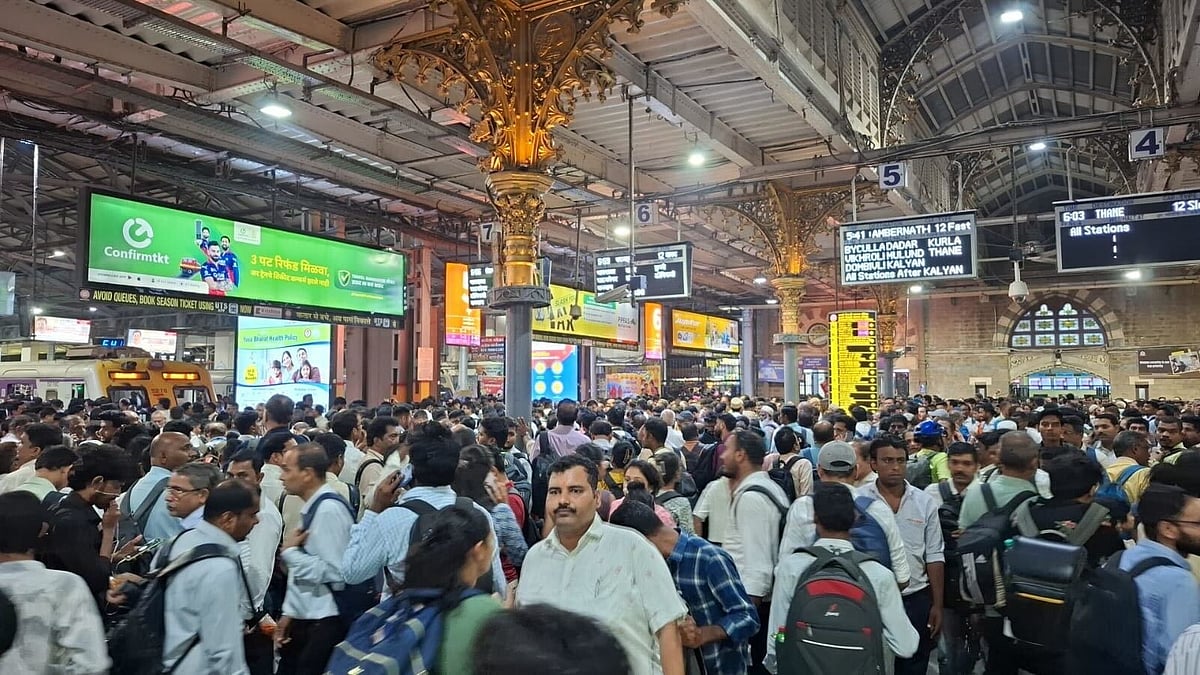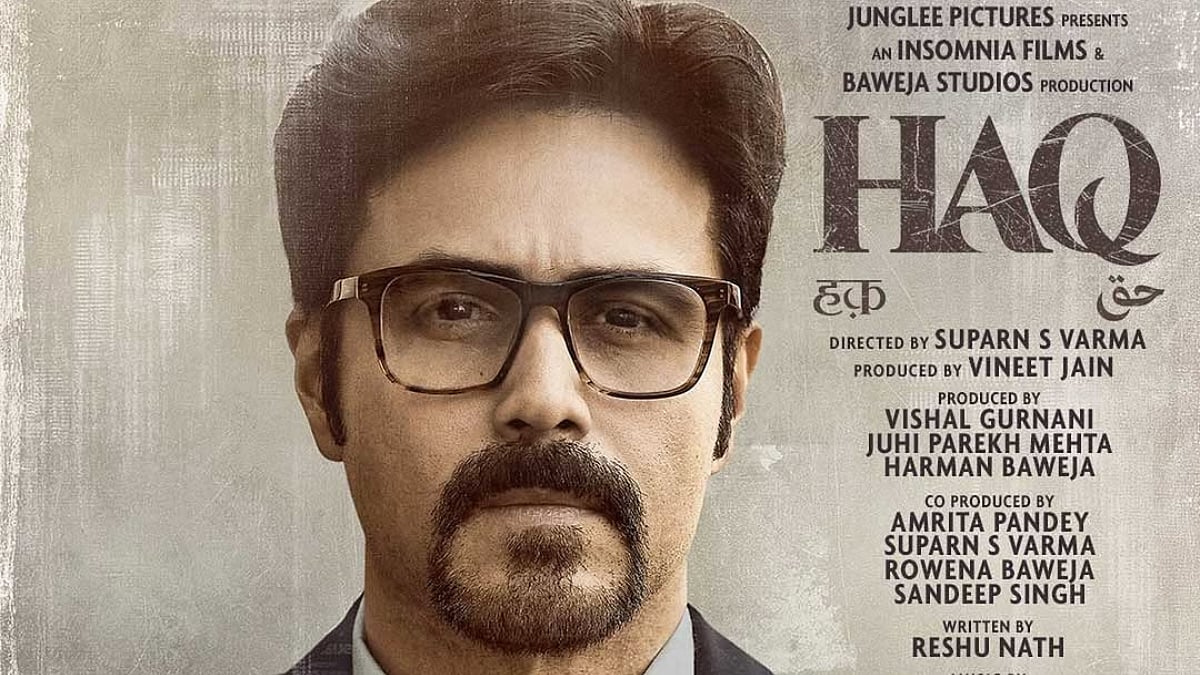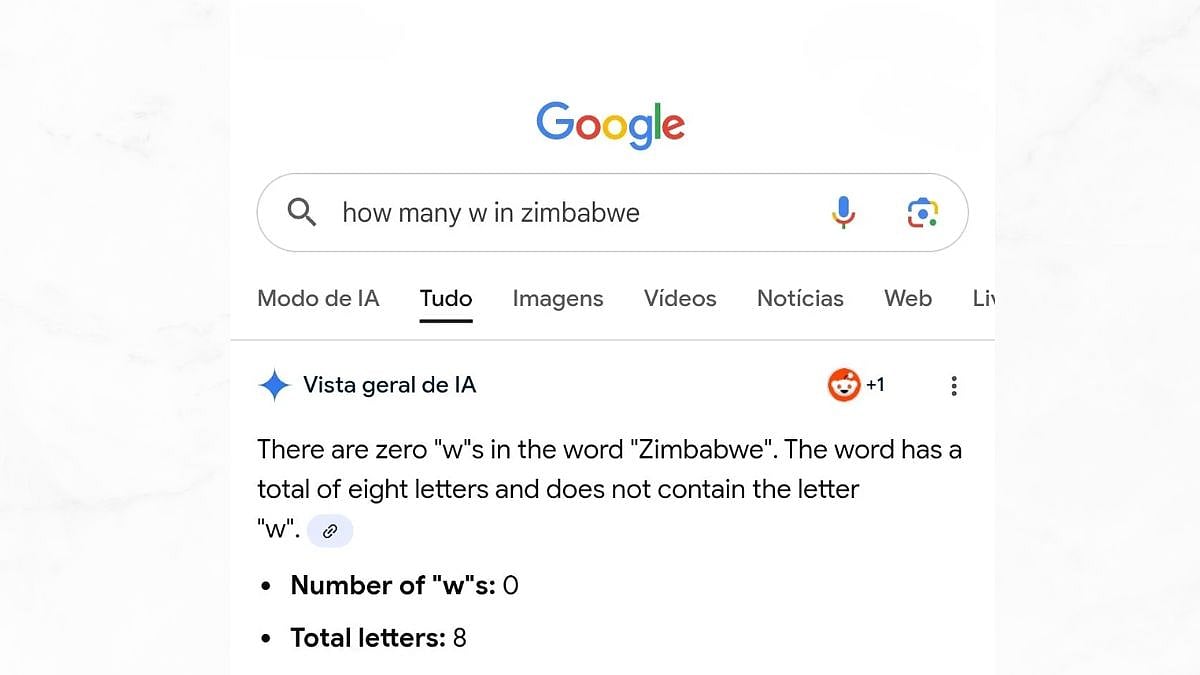Congress leader Rahul Gandhi highlighted a brazen case of electoral fraud during the recent Maharashtra assembly polls. A single photograph of a Brazilian model named Larissa was allegedly misused to register and cast votes under 22 different identities across polling stations. This expose, shared via social media and echoed in parliamentary debates, underscores the growing peril of digital identity theft. As voting systems increasingly rely on scanned documents and images, the incident serves as a stark warning: your casual social media post could unwittingly fuel crimes from voter impersonation to financial scams.
In India,social media penetration exceeds 500 million users. Below, we have listed practical strategies that help online users to shield their photos and videos from exploitation. By adopting these measures, individuals can minimise risks of identity fraud, where stolen visuals lead to forged Aadhaar cards, fake loan applications, or even deepfake videos tarnishing reputations.
How to prevent your photos from being misused
Prevention starts with vigilance. Here are actionable steps to fortify your social media presence from the outset.
1. Keep your profile private: Switch to private mode on platforms like Instagram and Facebook. This restricts visibility to approved followers only, blocking strangers from downloading or scraping your photos. On X, enable protected tweets to limit who sees your media.
2. Curate your audience wisely: Before posting, review and prune followers. Use custom lists to share sensitive content with family alone, not broad networks. Apps like WhatsApp offer disappearing messages for videos, vanishing after viewing to prevent saves.
3. Embed protective markers: Watermark images with your name or a subtle logo using free tools like Canva or Adobe Express. For videos, add overlays via apps such as InShot. These deter casual misuse by making alterations obvious.
4. Scrutinise app permissions: When uploading, deny access to location data or contacts. Regularly audit connected third-party apps via settings menus and revoke unnecessary ones, as they can siphon media unnoticed.
5. Opt for low-resolution shares: Post compressed versions of high-res originals. Tools like TinyPNG reduce file sizes without losing quality, making stolen content less versatile for forgeries.

Swift actions to curb and combat misuse
Discovery of misuse demands rapid response. These post-publish tactics can limit damage and hold perpetrators accountable.
1. Monitor with reverse searches: Use Google Images or TinEye to upload your photo and scan for unauthorised copies. Set alerts on these services for new matches, catching fakes early. In India, the National Cyber Crime Reporting Portal offers similar tracking for Aadhaar-linked images.
2. Report aggressively: Flag violations directly on the platform via in-app tools. For instance, Instagram's report feature for impersonation triggers AI reviews within hours. Escalate to police via the cybercrime.gov.in helpline (1930), providing screenshots and URLs as evidence.
3. Seek legal recourse: Under India's IT Act 2000, Section 66C penalises identity theft with up to three years imprisonment. File an FIR at your local station or use the e-FIR portal. For deepfakes, invoke Section 67 for electronic obscenity. Consult free legal aid from NGOs like CyberSmile India.
4. Bolster your digital footprint: Update privacy on existing posts retrospectively by editing visibility. Enable two-factor authentication everywhere to prevent account hacks that expose archives.
Rahul Gandhi's expose on the Brazilian model's pilfered photo is a clarion call for Indians to reclaim control over their online selves. By weaving these habits into daily routines, users not only safeguard personal assets but fortify democracy against tech-enabled threats.








